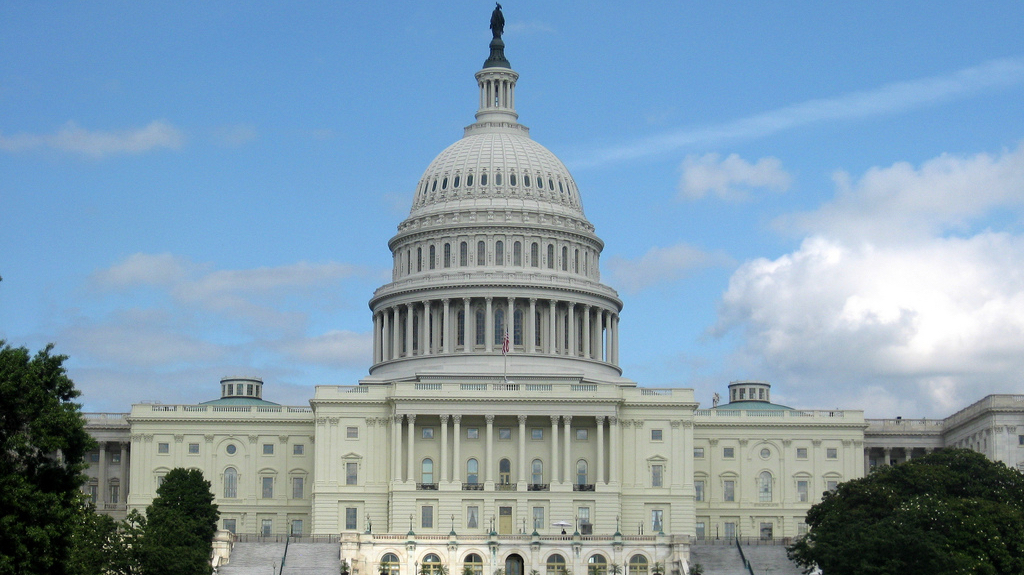During a small dinner gathering in Michigan during the late 1990’s, Ronald Reagan’s Attorney General, Edwin Meese, answered questions following a brief speech on policy. One question posed was, “Does the continued growth of the national debt offer concern to anyone in Congress or the White House?” He responded succinctly, “the national debt is an abstract concept in Washington.” With each passing decade analysts and elected officials speak about the problem but fail to enact legislation to arrest the massive dearth between revenues and expenses. Most recently, former Treasury Secretary Robert Rubin and Fed Chairman Jerome Powell have warned that the national debt is unsustainable.
Prior to the turn of the century, the national debt was less than $6 trillion dollars. In January 2021, the interest alone on the national debt was $500 billion annually. In November 2023, this reached $1 trillion, exceeding the defense budget.
Tax revenue to service this debt relies on continued domestic economic growth. The growth of a nation’s gross domestic product relies on two primary factors: increased population growth and worker productivity. Thriving economic growth increases tax revenue. The inverse is true, as well. The current birth rate is lower than what is needed to replace the population. Innovation, technology, and trade increases productivity, but it is not increasing at the same rate as it has in previous decades.
Increased taxation, regulation, litigation and inflation combine to create a less than healthy environment for risk takers and entrepreneurs. Combined with factors leading to lower birth rates, these trends represent a real threat to the ability of the government to service the debt and fund the annual functions of government.
Eventually, the market will not support federal borrowing at the current rate of interest. There is no predetermined level of debt when long term interest rates rise due to an unserviceable amount of annual interest needed to finance liabilities of $40, $50 or $60 trillion. The greatest danger to the smooth functioning of the financial system is an asymmetric event that occurs outside of the nation, which leads to a cascading effect, resulting in a global recalculation of dollar denominated assets held by foreign nations. A massive unwinding of securities, whether intentional or unintentional, as part of a grand strategy to weaken the United States could have the same effect. The Federal Reserve and the Treasury continue to ignore their most important mission: the maintenance of sound money.
Should the government need immediate revenue, one of the fastest sources of income would be the suspension or elimination of pretax investments. This action would produce immediate tax revenue to the government, as all payrolls would be subject to full taxation. It would also allow politicians to avoid a direct increase of the marginal tax rates, providing them cover when running for reelection.
Allison Schrager, a Senior Fellow at the Manhattan Institute, laid out the calculus for elimination of the 401(k) during a recent interview on CNBC. Describing eliminating pre-tax investments as the “least bad option,” she estimated that 1% of U.S. GDP would be raised in tax revenues from a payroll tax. That figure would amount to roughly $273 billion when compared to 2023 GDP. According to Schrager, this option would be more “politically palatable than a bigger tax on income.” Although 56% of workers in the United States participated in retirement plans in 2023, there is a belief that benefits accrue only to the wealthy. This is categorically untrue, with many participants in retirement plans earning less than $100,000 per year.
The government could proceed one step further in eliminating the tax deferred nature of growth in these accounts, adding dividends and capital gains taxes to the mix. This action would serve as a deterrent to retirement savings, further straining the social security system, which despite annual capped payroll revenue of 6.2% from employees and 6.2% from employers, is in danger of insolvency by 2033.
An excise tax on gasoline or other good or service used daily by all consumers could be enacted to close the revenue gap. This has been done by the government in prior eras. In 1967, Lyndon Johnson asked for a 6% surtax on personal and corporate income to support the war in Vietnam, Congress approved this one year later. In 1971, Richard Nixon removed the US from the gold exchange standard due to fears of a run on the gold stock. The cause: spending on the war on poverty and the war in Vietnam. The prior tax increase failed to keep up with spending.
Another option is raising the age for receiving federal benefits. Recently, France enacted an increase in the retirement age from 62 to 64, despite massive protests. The French government made a rational choice since it can no longer afford to support citizens who may live into their nineties.
In 1983, the U.S. Government “moved the goalposts” to qualify for full social security benefits. Here are the current ages to qualify:
65 for those born in 1937 and earlier.
66 for those born between 1943 and 1954.
67 for those born in 1960 or later.
This is due to increased life expectancy and projections of a smaller workforce to support a larger number of retirees.
The Social Security Administration has current estimates to raise full retirement ages by one month every two years depending on the “normal retirement age (NRA).” Other scenarios list increasing the normal retirement age two months per year for those age 62 starting in 2024 and ending in 2029 (NRA reaches 68 for those age 62 in 2029). There are several other possibilities and timelines.
The bottom line in either moving social security ages or eliminating the pretax nature of retirement plans is that without severe spending cuts, short term tax increases will fail to keep up with annual deficits. Attempting to service the interest on the national debt will be exceedingly difficult when it exceeds the annual budget deficit. Many administrations, Bush ’41, Clinton, Obama, and Biden all raised taxes. The national debt continued to grow.Longer term, incentivizing savings and cutting spending will be the only option to “right the fiscal ship” of the United States Government. Congress and the Administration need to resolve this before the market does. The financial stability of the world is interlinked to the financial stability of the United States. Despite the inaction of current elected officials on many issues, resolving this approaching storm is a most urgent national matter.








